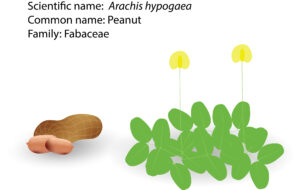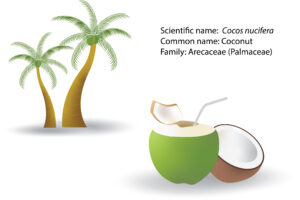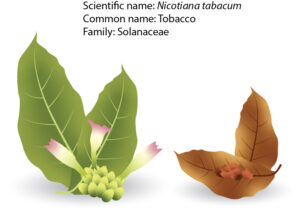
The Art of Maple Tapping
Maples are unrivaled for their fall foliage coloring and variety of leaf shapes and textures. They are also grown for shade and timber. Many species are compact enough for the average garden. There are approximately 129 species that primarily grow in the northern hemisphere. Most species originate from East Asia, particularly China (with over 80 species), Japan, and the eastern Himalayas. Additionally, there are 9 species native to North America and a few to Europe, […]
Read More
Pistia: The Floating Jewel of Aquatic Gardens
Water lettuce, water cabbage, nile cabbage or Pistia stratiotes is a perennial monocotyledonous plant and the only species in the genus belongs to the family of Araceae. It is originated from Florida and Texas and now widespread in ponds of the warmer parts of the world. It is an aquatic perennial widespread or usually known as aggressive colonizer in the tropics and a noxious weed in some areas as it grows in a very wide […]
Read More
Cracking the Shell: Unraveling the Fascinating World of Peanuts and Their Hidden Treasures
The genus Arachis, under the family Fabaceae, consists of 69 species described in the genus and 9 infrageneric taxonomic sections. Only one member of this genus of 20-odd species of annual and perennial legumes from South America is cultivated. It is a very important food crop throughout the tropics and subtropics. All species of this genus are unusual when compared to other legumes as they produce their fruit below the ground. The peanut (Arachis hypogaea) […]
Read More
Sesame Unveiled: Unraveling the Secrets of Nature’s Tiny Treasure Trove
This is a genus of about fifteen species of annuals originating from Africa and tropical Asia, with simple or palmately divided leaves and white, pink, red or purple flowers that are tubular and 2-lipped. Sesamum belongs to the family Pedaliceae. The fruits are oblong capsules that naturally split open when dry to release their numerous small seeds. One notable species (Sesamum orientale) is the crop plant sesame, cultivated mainly for its seeds which are used […]
Read More
The sunflower: A gift from the sun
This genus of the daisy family includes one of the most important oilseed plants in the world. It is also used for livestock fodder, as well as the Jerusalem artichoke with edible tubers, and many ornamentals. Consisting of around 70 species of annuals and perennials, all native to the Americas, they have large daisy-like, usually golden-yellow flowerheads, which are on prolonged display from summer to autumn. The plants have hairy, often sticky leaves and tall, […]
Read More
Tropical Elixir: The Coconut Chronicle
Currently acknowledged as the sole species in its genus among tropical feather palms, the coconut (Cocos nucifera) once encompassed numerous other palm varieties. It embodies the essence of the tropical palm tree, symbolizing tropical coastlines and boasting numerous commercial and local applications. It is noteworthy that over 93 countries worldwide cultivate coconut trees. Indonesia leads as the top coconut producer globally, yielding 17.1 megatons, followed by the Philippines (14.8 megatons) and India (14.7 megatons). The […]
Read More
Clubmoss Diversity: A Closer Look at the Fascinating Varieties of Lycopodium
Clubmoss, belonging to the family Lycopodiaceae, is widespread in moist regions around the world. With over one hundred species in this genus, these plants are ancient and have ancestors that dominated the world’s vegetation approximately 250 million years ago, along with the ancestors of horsetails (Equisetum). They are considered more primitive than ferns but more advanced than mosses. Clubmosses vary in size, ranging from tiny thread-stemmed plants found in boggy areas below heath, to large […]
Read More
No smoking, unless you are on fire! – Tobacco
General description Tobacco, a plant with a long and complex history, has been utilized for centuries for its medicinal and recreational properties. Unfortunately, tobacco use has become a leading cause of preventable deaths worldwide. The Nicotiana genus includes sixty-seven species of annuals, biennials, perennials, and shrubs native to America and Australia. The commercial tobacco plant, used for producing tobacco products, was first used by Native Americans for medicinal and spiritual purposes. When Europeans arrived in […]
Read More